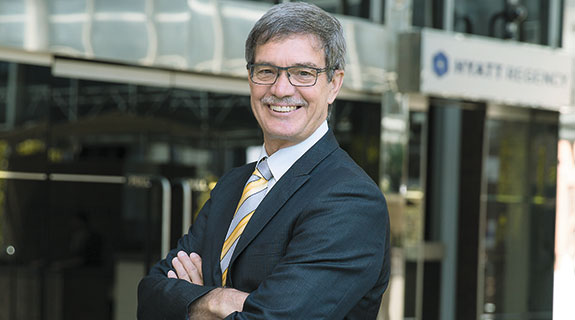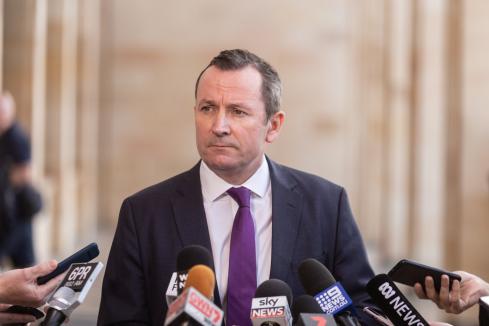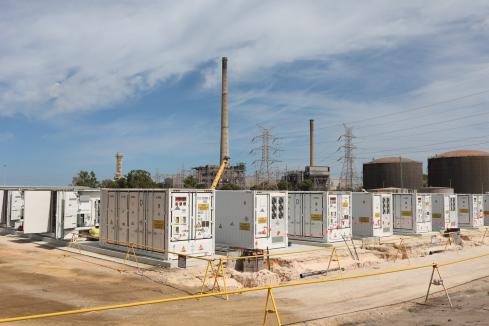The state government has announced its intention to phase out its $500 million-plus annual electricity subsidy within the next four years, paving the way for deregulation allowing households to buy their electricity and gas from competing suppliers.


The state government has announced its intention to phase out its $500 million-plus annual electricity subsidy within the next four years, paving the way for deregulation allowing households to buy their electricity and gas from competing suppliers.
As part of a major reform of the state’s electricity market, Energy Minister Mike Nahan announced today that full retail contestability was on its way, essentially removing the monopoly government-owned entity Synergy currently has to supply electricity to householders.
The move will also allow commercial gas retailers such as Alinta to sell electricity to residential users and open up what Dr Nahan hopes will be cost savings initiatives such as bundling gas and electricity.
“Given the improvements that we have seen so far I am confident we will see a complete reduction in the subsidy from the state to Synergy by the end of the forward estimates period,” Dr Nahan said.
“As treasurer, nothing pleases me more than that – other than perhaps a sharp rise in the iron ore prices.”
The government ruled out selling Synergy to private investors.
It also stood firm against market pressure to split up the market behemoth into two or more generator-retailer arms.
Selling smaller assets under Synergy’s control was flagged as a possibility.
Dr Nahan shunted the complicated task of deciding what to do about Western Australia’s two-tier energy and capacity market, instead setting up a steering committee to oversee a further review and lead wider public consultation.
The committee will be made up of Public Utilities Office deputy director general Ray Challen, Independent Market Operator chief executive Allan Dawson, deputy under treasurer Michael Court, state solicitor Paul Evans, and Department of State Development director general Stephen Wood.
In addition to erroneously high demand energy forecasts, capacity market has been blamed as a major contributor to WA having the highest cost of electricity generation costs in the country, due to payments made to secure ‘capacity’ energy that is largely not used.
It is expected the phase two steering committee will be inundated by lobbying efforts by varying capacity market contributors on how best to reform the capacity market.
Dr Nahan did leave the door open to WA’s isolated energy grid one day joining the national electricity market (NEM), which operates across several states on the east coast.
For this to happen, it is understood WA would have to fit in with the NEM’s energy only market structure and forgo its capacity market.
Lead author of the electricity market’s discussion paper, Paul Breslin, told Business News while it had recommended breaking Synergy up into a number of gentailers, the government’s decision not to do so meant the capacity market for now was essential.
“In a really free-flowing energy only market like the NEM you can’t have one big generator dominating the market, otherwise prices just go through the roof, so you’ve got to cap prices,” Mr Breslin said.
‘‘Then, once you cap prices you have to have the capacity mechanism, because you’re basically taking away that ability for prices to go high enough to incentivise new entry.”
He said one of the unexpected benefits of the electricity market review was that it had shone a light on Synergy’s costs, prompting it to deliver greater savings.
Dr Nahan said additional savings would be made public during the budget.
Chamber of Commerce and Industry WA chief economist John Nicolaou, whose organisation hosted Dr Nahan’s announcement in front of neearly 400 industry leaders, said the reforms were of the utmost importance to the state’s economy.
“We believe that reforms to the electricity market have the potential to be one of the most significant reforms to WA economy since the micro economic reforms that were delivered by the Hawke and Keating governments during the 19802 and 1990s,” he said.
















